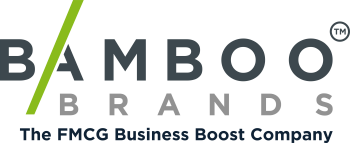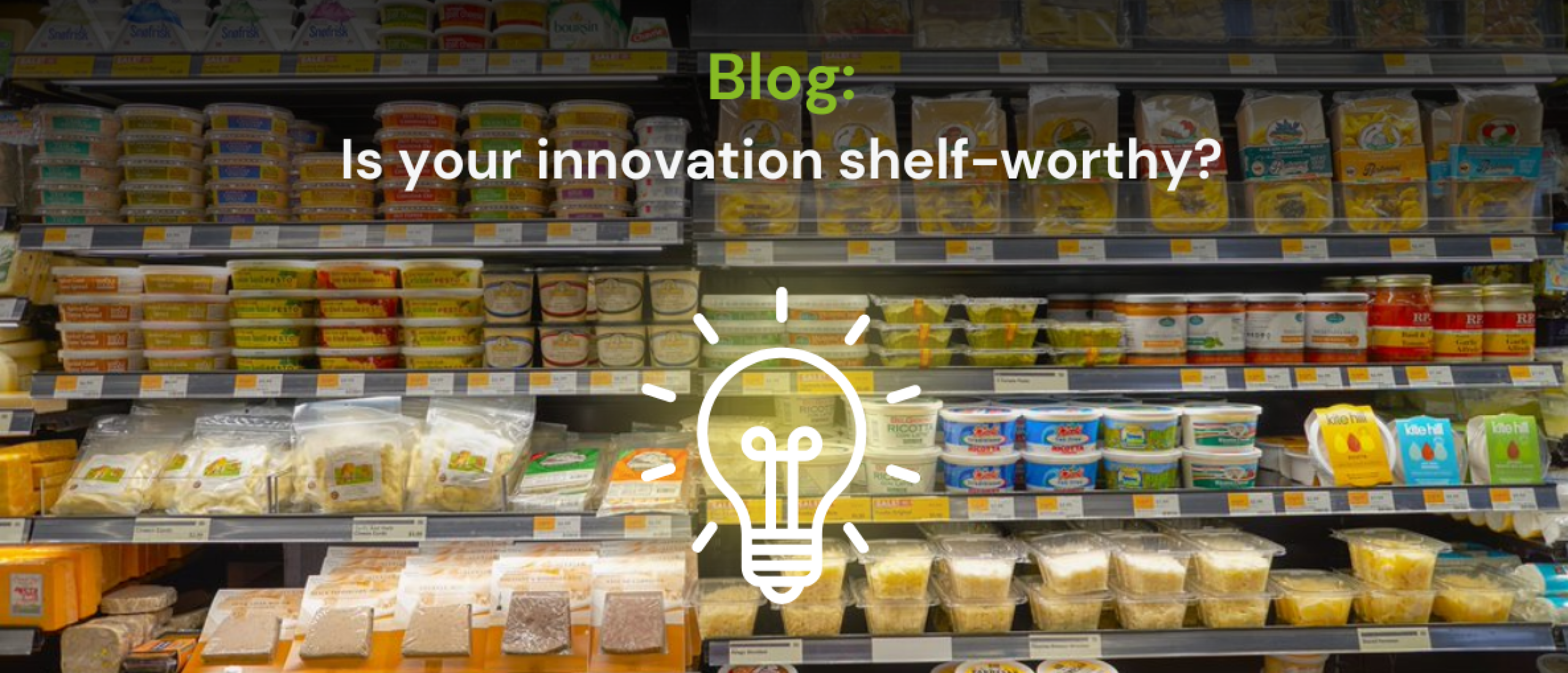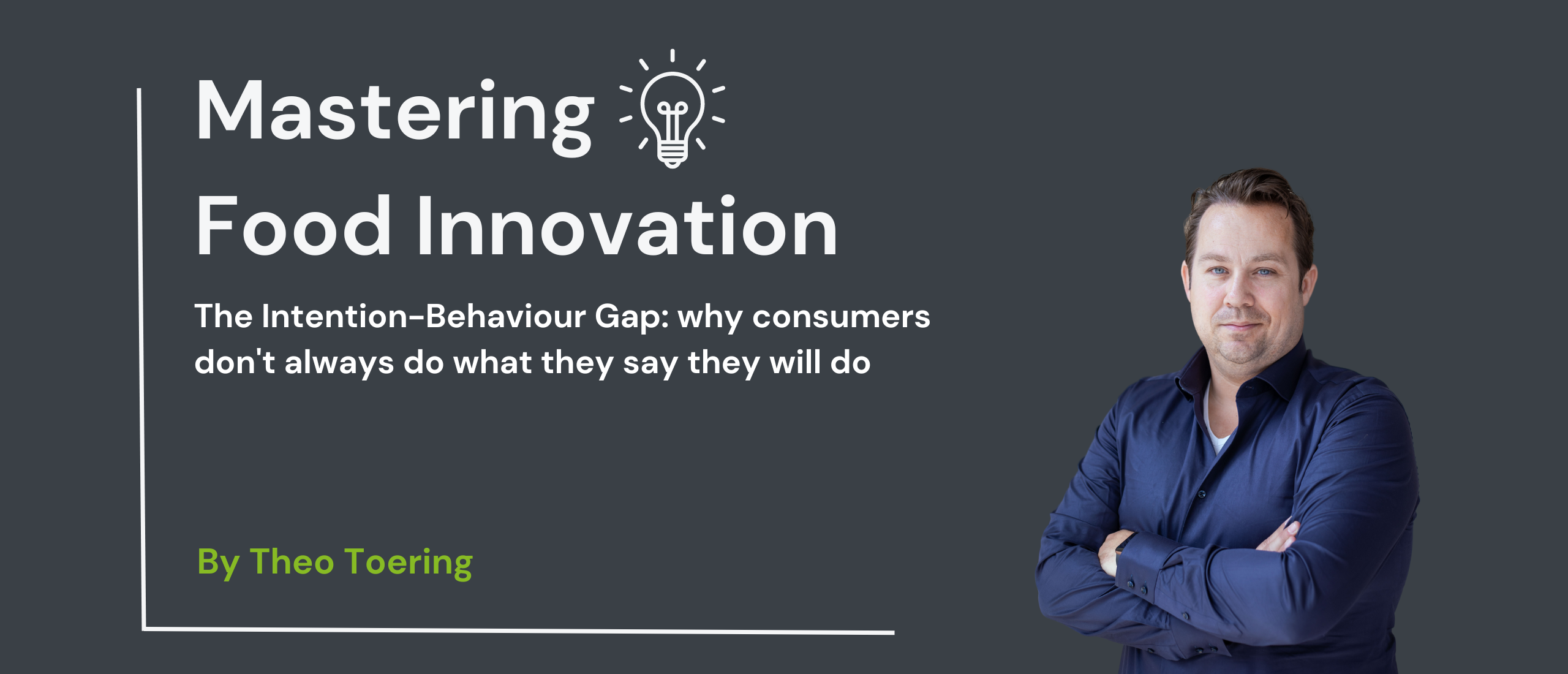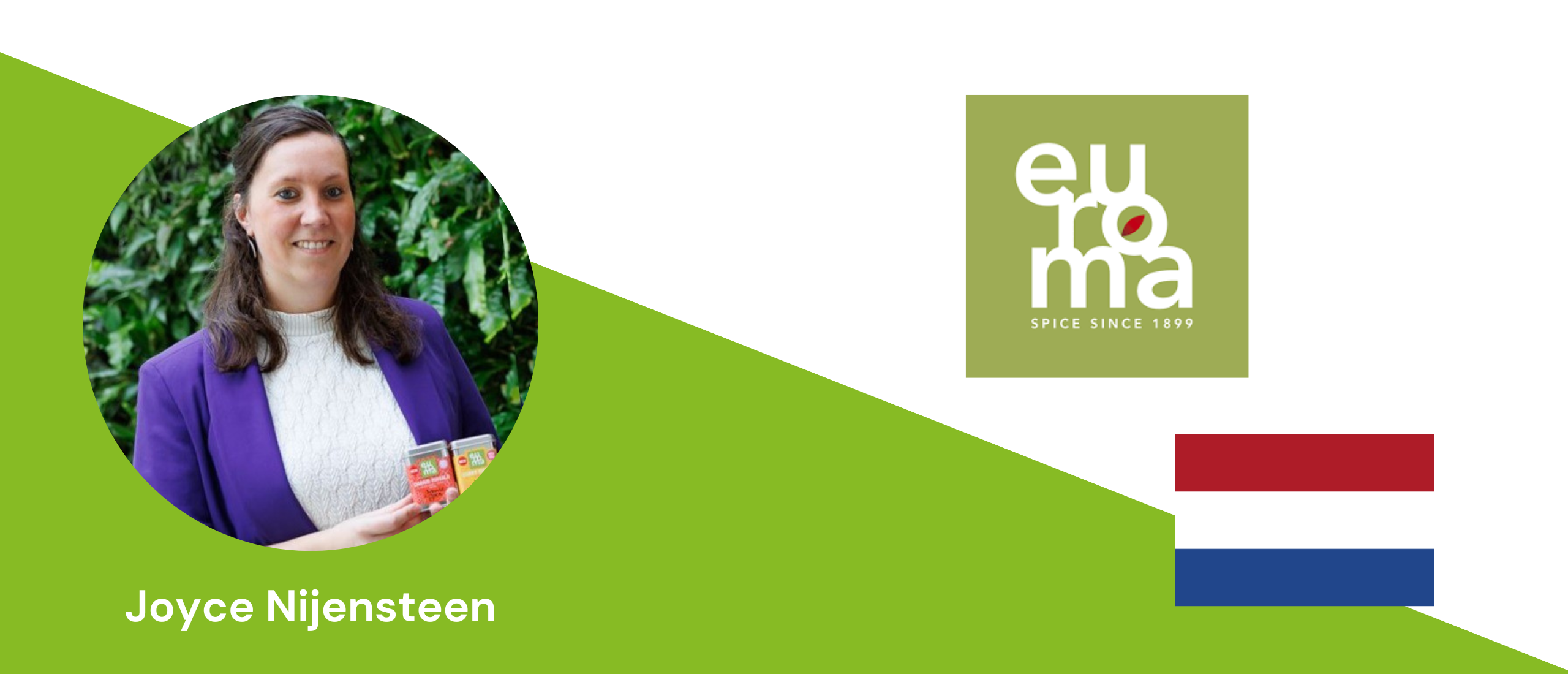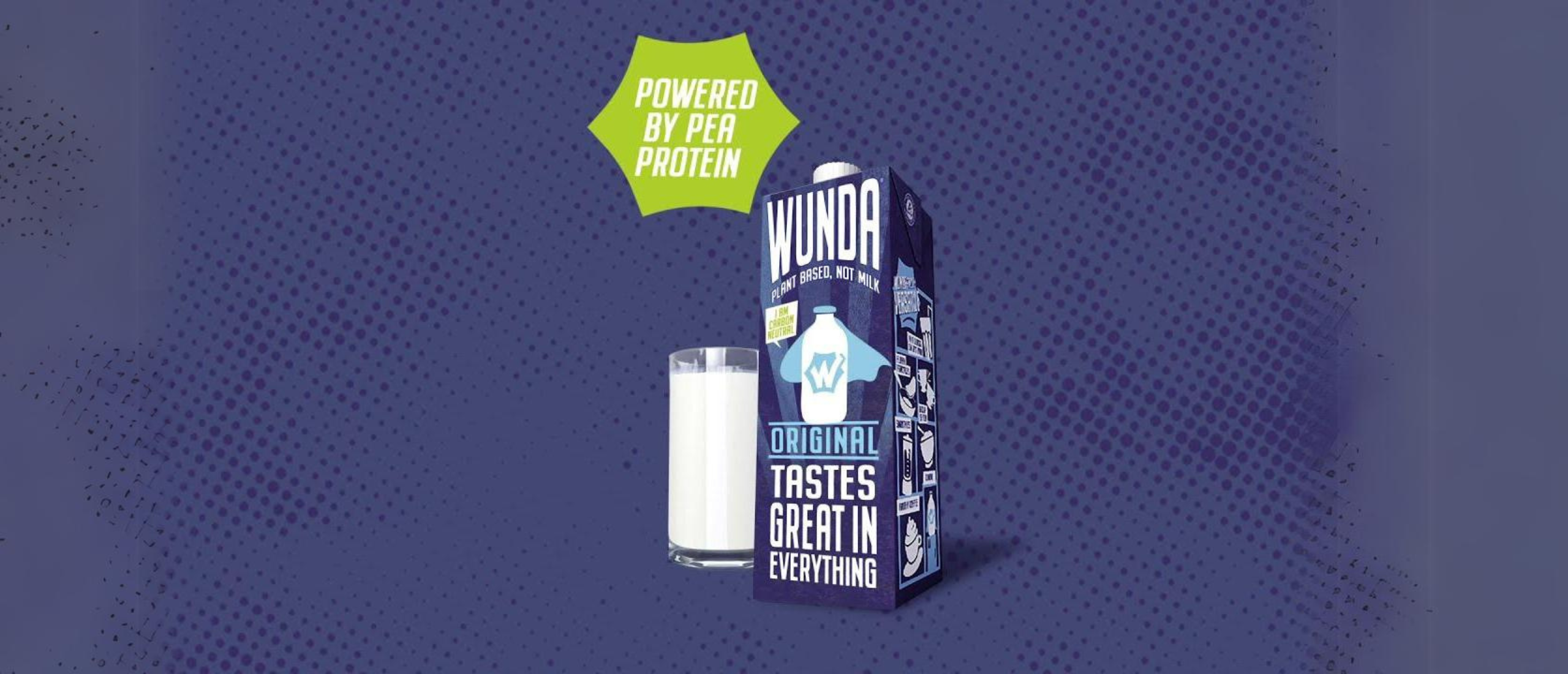When launching a new product, it's important to investigate its potential for success. One way to do this is by testing its shelf-worthiness. But what does shelf-worthiness mean exactly, and how can it be assessed? In this blog post, I will explain it to you.
What is shelf-worthiness?
Shelf-worthiness refers to a product's viability within a specific supermarket category. It indicates whether a product has sufficient turnover to "survive" on the shelf. Knowing the shelf-worthiness of your product confirms if it's worth launching. Through quantitative market research, you can evaluate the shelf-worthiness of your product innovation within a particular category.
How to assess it with market research?
Our perspective is that shelf-worthiness can only be assessed based on facts. These facts are obtained by placing the product on the shelf for a certain number of weeks. This form of quantitative market research enables you to measure actual sales figures (rotation) and compare them with your competitors.
A category can be visualized as a pyramid with its top, middle and bottom parts. By testing a new product in stores through market research, you can determine your product’s position within the pyramid of a specific category.
Tip: Avoid this innovation misconception
If you're considering market research, we want to alert you to a common misconception. This often happens with Fast Moving Consumer Goods (FMCG) companies. They primarily focus on their internal business case, asking, "Which shelf will my innovation rotate best in?"
However, if you only look at the rotation figures of your own product, you lack insight into what this means for competing products within the same category. As a result, your innovation may end up in a category with the highest rotation but lower shelf-worthiness for your product.
Let's explain this with the following example.
Example case
Product A sells 3 units weekly in category X, resulting in a rotation of 3. Product A sells 6 units weekly in category Y, with a rotation (sales) of 6.
If you have to draw a conclusion, you would place product A in category Y. Seems logical, right?
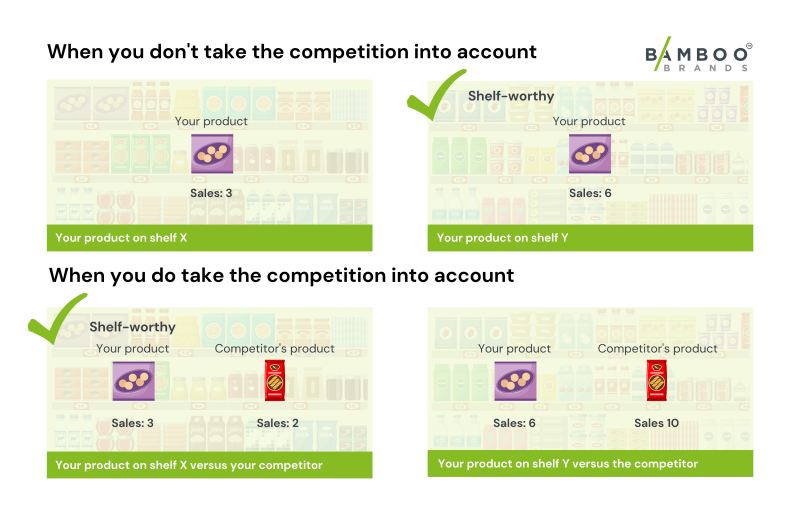
Yet, that's often not the best solution.
Now suppose that through quantitative market research, you discover that your competitors' products in category X sell 2 units weekly. And the competing products in category Y sell 10 units weekly.
In this case, product A ranks at the bottom of the pyramid in category Y. It would be better to place product A in category X to gain a stronger competitive position. Product A is shelf-worthy in category X but not in category Y.
Our FMCG expertise
If you want to test the shelf-worthiness of your product, we are here to help with a Validation Assessment (quantitative research). Bamboo Brands specializes in in-store market research for Fast Moving Consumer Goods (FMCG).
We take care of the entire process on your behalf. We have a network of 360+ retailers domestically and internationally, operate our own logistics and provide support in prototype development and associated communication materials.
Want to learn more?
If you would like to know more about shelf-worthiness and in-store market research for FMCG companies, feel free to contact me at theo@bamboobrands.com.
